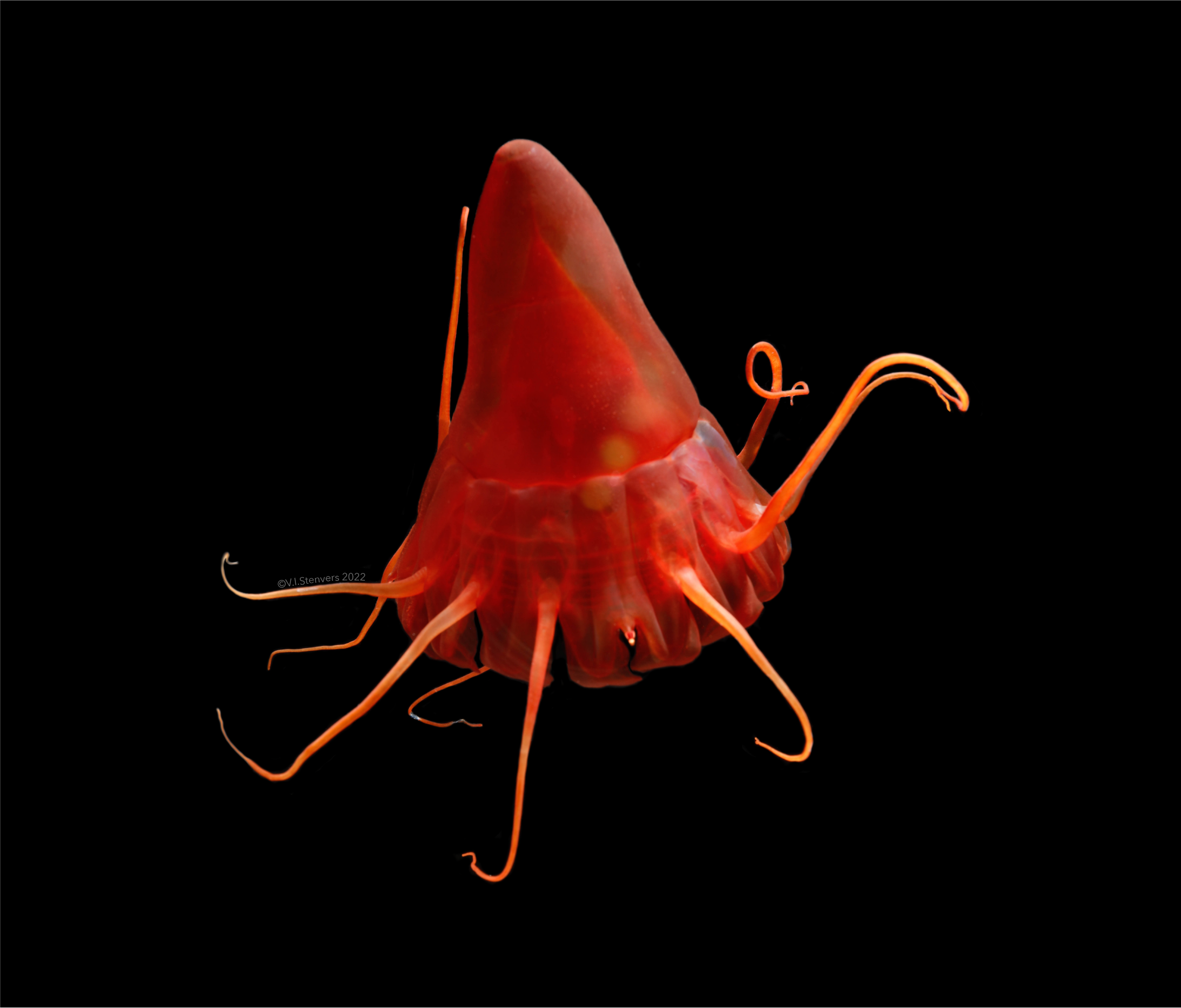Media release
From:
Deep sea mining may pose a threat to the largest and least explored habitat on the planet — the deep pelagic ocean — and some organisms living within it, including pelagic jellyfish, suggests a Nature Communications paper. The findings are based on the first physiological and molecular data for a deep-water animal — the helmet jellyfish — in response to simulated deep sea mining activities. The findings improve our understanding of the effects of emerging stressors on the health of deep-sea organisms and suggest that caution should be taken in regulating mining activities.
Deep pelagic animals play a vital role in the provisioning of fish stocks, nutrient recycling, and atmospheric carbon sequestration. However, deep sea ecosystems are already threatened by rising ocean temperatures and the prospect of mining the seabed for mineral resources presents another important but uncharacterised challenge for animals living in these habitats. One of the main risks is that collector vehicles will resuspend sediment on the seabed, producing sediment plumes, which can affect the entire water column. These plumes can expand for hundred kilometres, last for years, and adhere to animals and clog surfaces. However, little is currently known about the biological responses of deep pelagic animals, including jellyfish, to sediment plumes.
Using ship-board experiments and data collected from 64 deep-sea helmet jellyfish from the Norwegian fjords, Vanessa Stenvers, Helena Hauss and colleagues attempted to simulate the effects of ocean warming and mining-induced sediment plumes on the jellyfish. In response to a four-degree Celsius temperature rise, they found the jellyfish showed signs of stress, such as increased metabolic demand and upregulation of genes involved in innate immunity. When exposed to prolonged sediment plumes, the jellyfish showed more acute signs of stress, including upregulating genes that might indicate tissue damage, as well as the production of excess mucus. Mucus production is a common stress response in jellyfish, which helps the jellyfish clear the sediment and protect their microbiomes during heat and sediment exposure, but sustained production could alter their metabolism and cause energetic depletion and reduce the fitness of the jellyfish.
The authors suggest that, if the responses of these jellyfish are representative of other deep-sea organisms, the mining of the seafloor may substantially impact the healthy functioning of the deep ocean and its many ecosystem services.



 International
International



